Many consumers know to expect delivery and service fees when ordering from online delivery stores like Instacart. However, they don’t realize they could be paying as much as over $3 more on their orders in hidden markups.
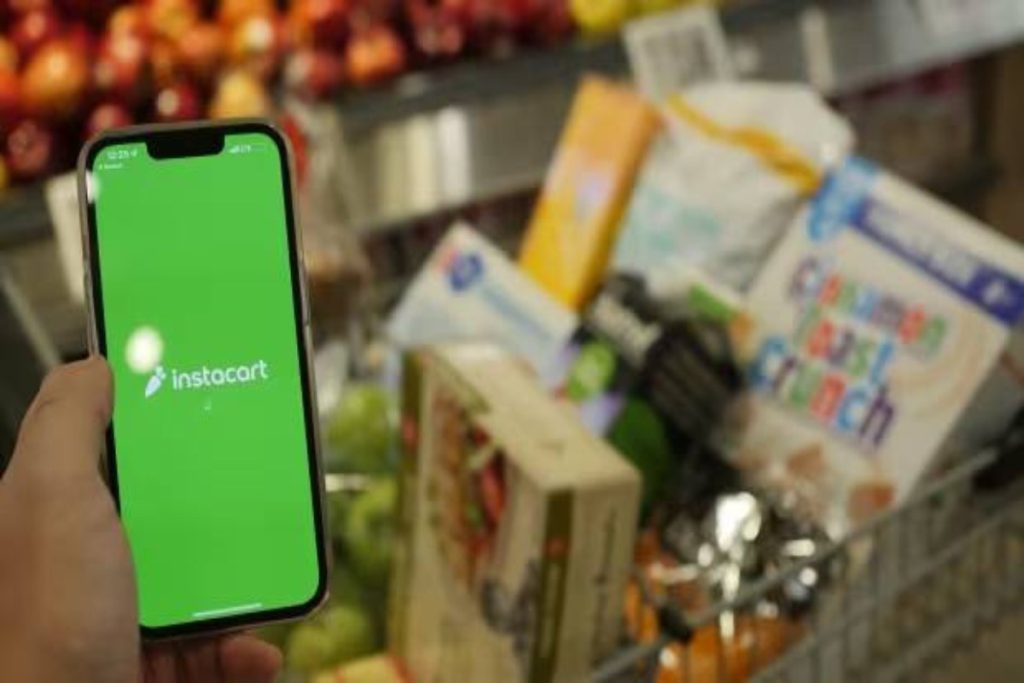
Hence, the findings of research into Instacart have shocked many consumers with how much they spend on hidden markups. In addition, the study discovered that although the delivery app is convenient, it’s not as cost-effective as consumers believed.
How Did the Hidden Markups Become Public?
The hidden markups and missed sales became public after a Marketplace investigation. It’s no secret that the online grocery delivery service, Instacart, charges delivery and service fees for each order.
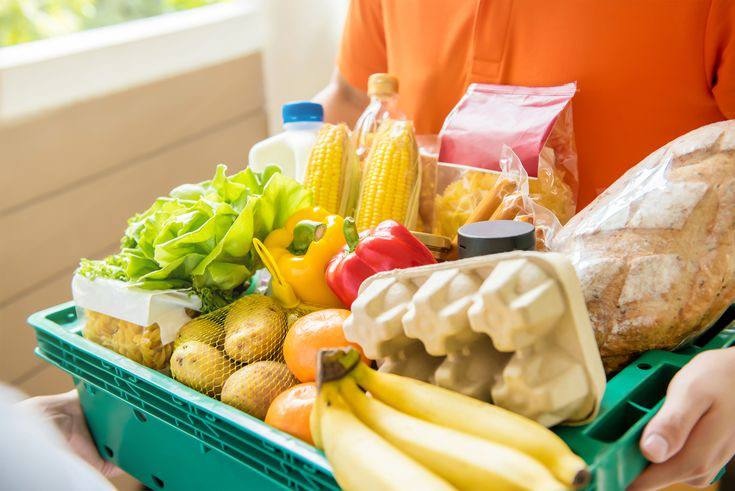
However, many Canadians don’t know they could be paying more than the actual sales price per item in hidden markups from ordering from the service. In addition, reports suggest they miss out on in-store sales not included on the app.
What Stores Did Marketplace Investigate?
The investigation looked into groceries sold on Instacart from stores like Loblaws, Costco, and Walmart.
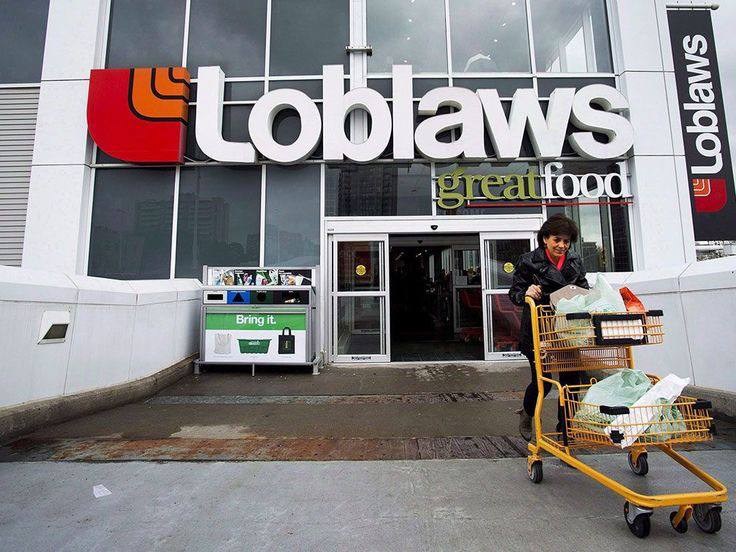
However, the investigation found that shoppers at Loblaws and Costco pay about 10 percent more per grocery item. Aside from the itemized delivery and service fees, the report found that some money was still unaccounted for. In addition, the shoppers had no idea that in-store specials and sales at Loblaws were on.
In-Store Prices Vs In-App Prices
During the investigation, Marketplace compared the costs of identical groceries at each store on both the Instacart app and in-store. However, their findings opened a can of worms in the grocery delivery system.
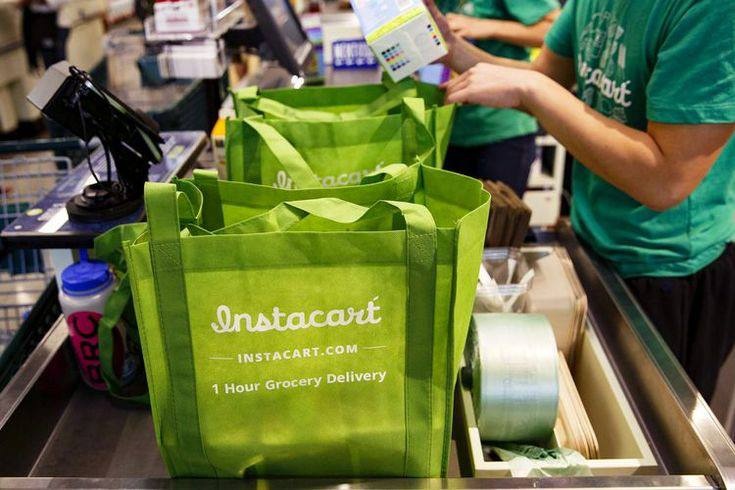
The Marketplace investigation discovered that prices at Walmart were the same in-store as on the Instacart app. However, it found substantial hidden markups at Costco and Loblaws.
Vegetable Prices Were the Same
While comparing prices of groceries, Marketplace found that some food items had the same price in-store and in-app. According to the investigation, every Costco grocery item the team looked at was more expensive than their original packs. Hence, hidden markups.
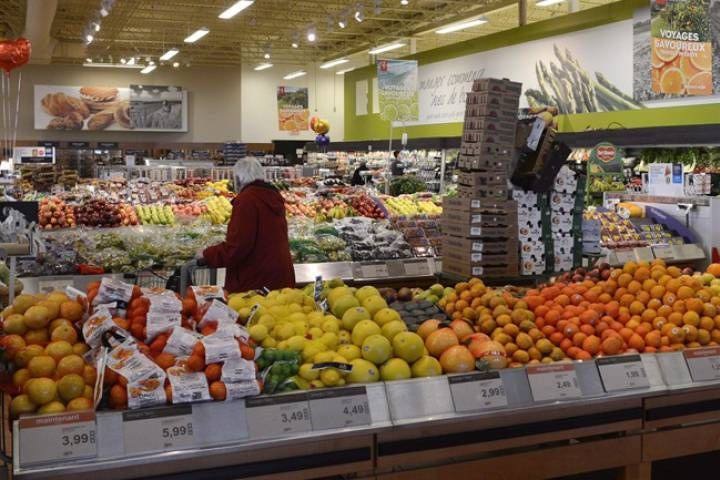
However, the only grocery item that didn’t have a hidden markup at Loblaws was the cucumbers, making the producers curious about why they had no hidden markups.
How High Were the Markups?
According to reports, Marketplace paid $12.99 in-store at Loblaws for President’s Choice Blue Menu lean Italian beef meatballs. However, on Instacart, the same item price was $15.35. Hence, there was a hidden markup of $2.36.

Joanne Dominico, a mother and small-business owner who helped Marketplace with the test, said, “I’m thinking that that’s ‘tief,’ the Caribbean word for being ripped off, so I’m very surprised, and I feel misled.”
How Bad Were the Hidden Markups?
According to reports, Marketplace paid a total of $74.16 more for the same order of 20 items through Instacart. While the in-store total was $242.49, Instacart receipt for the identical items totaled $316.65.

Consequently, customers could pay up to double the in-store price when purchasing items through Instacart. Hence, many consumers consider the hidden markups a total rip-off.
Where Does the Extra Cost Go?
After the Marketplace investigation became public, questions about where the extra profits from the hidden markups go started making rounds. According to Marketplace, $46.17 of the fees can account for the company’s itemized service and delivery fees. It also covers the taxes and a default five percent tip.
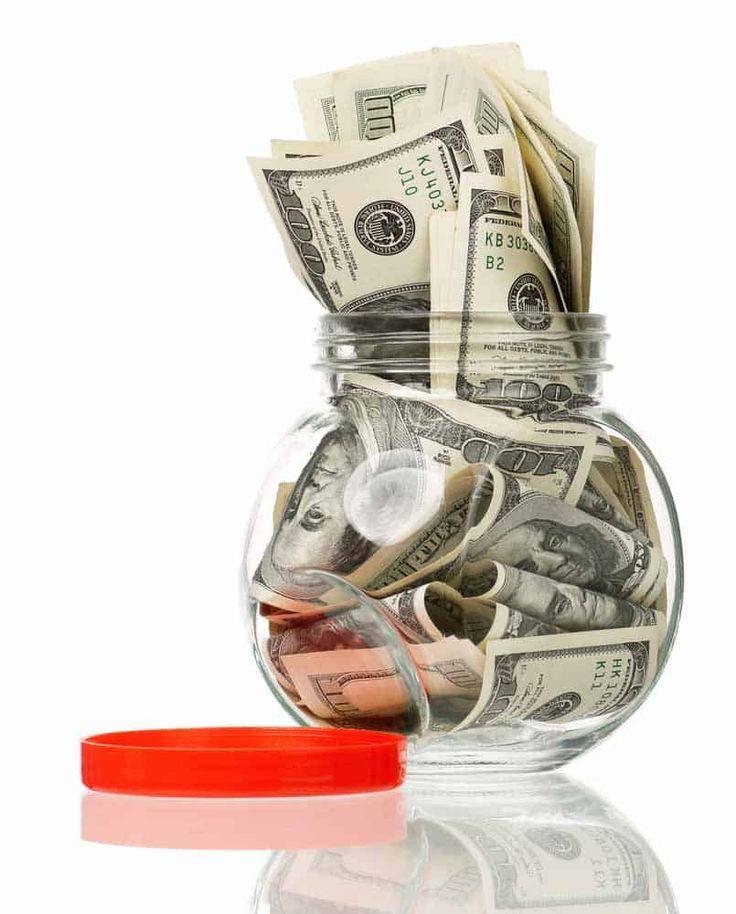
However, they didn’t disclose the markups on grocery and sale items, totaling an additional $27.40 on Instacart’s receipt.
Does the Online Delivery Service Notify Customers of Ongoing Sales?
No, they don’t. According to reports, Instacart does not notify customers of in-store sales. In one instance, Marketplace paid $4.01 more for a block of butter that Loblaws promoted for in-store sales.

However, it costs $8 on the app. “I could have bought a whole new chunk of butter for $4,” said Dominico. Hence, aside from paying higher than the in-store price, customers also miss out on sales offers.
Instacart Says It Notifies Customers’ Prices Vary Relative to Store Prices’
Further investigation revealed that while Costco and Loblaws set the prices, Instacart keeps the profit from pricing differences. In addition, Instacart told Marketplace that it keeps the delivery and service fees. However, the grocery delivery service did not disclose who receives the money from the markups.
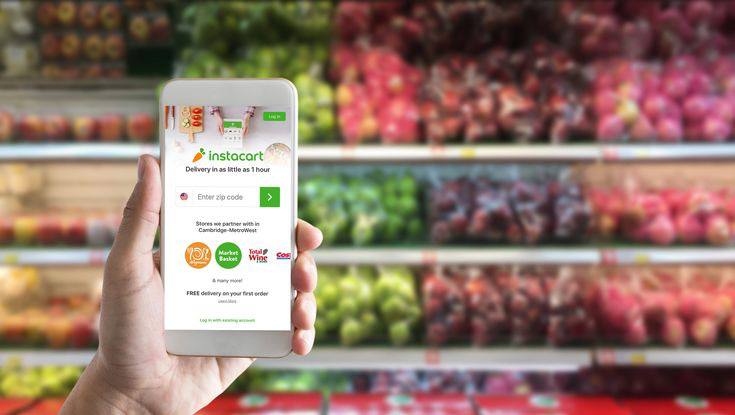
Furthermore, the company said it notifies customers where there are markups and that prices vary relative to store prices. But not everyone finds that notification to be clear enough.
“I Didn’t See Any Mention of the Higher Prices”
One of Instacart’s customers, Erin Matthews, reached out to Marketplace after ordering groceries through a Loblaws company on Instacart. Matthews reportedly broke her ankle and needed groceries delivered to her Calgary home.
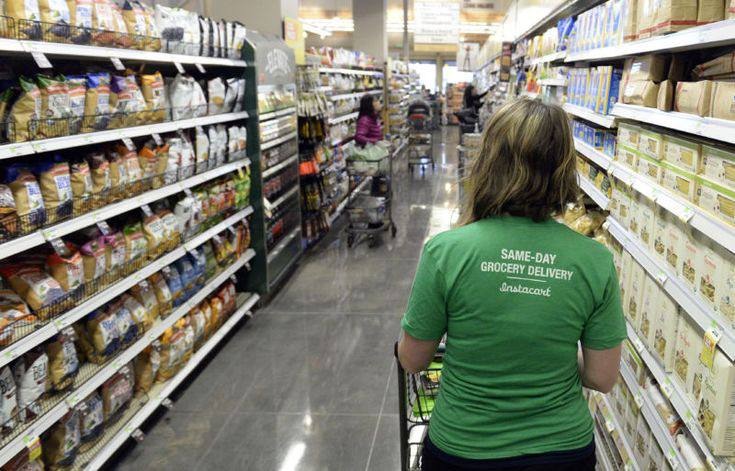
However, her Instacart shopper accidentally left the in-store receipt with the shopping. Consequently, she discovered that while the in-store bill was for $177, she paid $226 on Instacart. After deducting service and delivery fees, tax, and tip, Matthews was surprised to find almost $30 unaccounted for.
The Disability Tax
The extra fees may surprise those relying on Instacart for regular grocery deliveries. However, it is even more so for people with disabilities, who frequently rely on the service for their essential day-to-day needs.

“I mean for us… we have to pay through the nose to use it. So it’s not really fair,” said Martin Courcelles, a frequent Instacart user who is blind. “We call it the disability tax,” he added.
How Do Markups Affect the Service?
Aside from leaving a sense of being ripped off, higher prices might also place the service out of reach for more vulnerable clients.
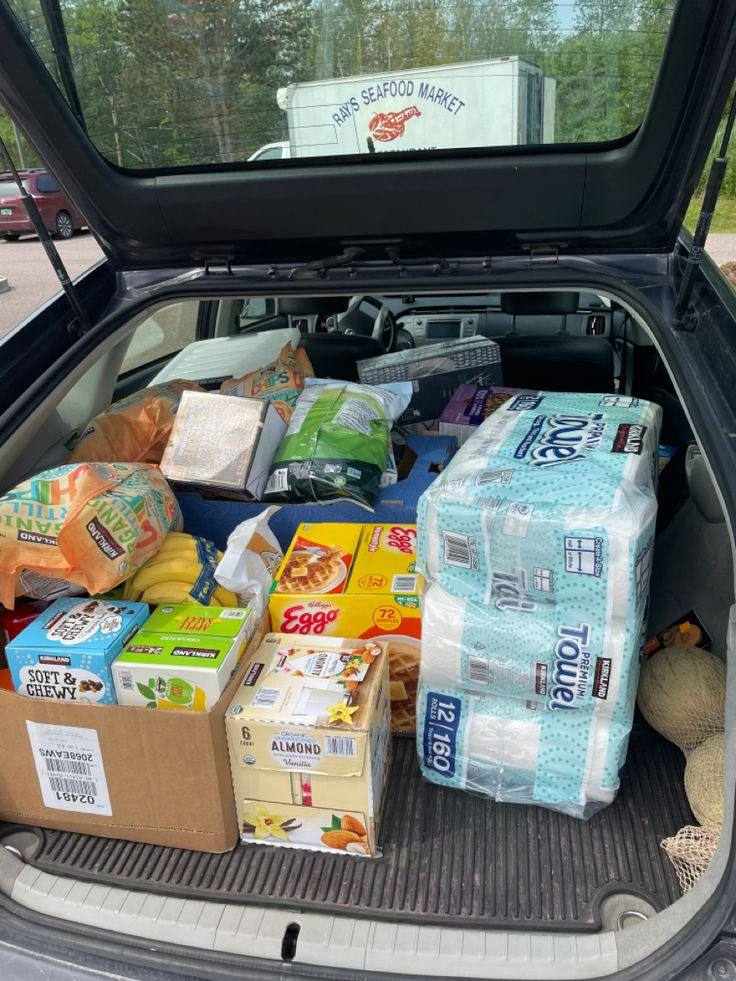
“A lot of people with disabilities aren’t working these days. And this might be the only way they can get food in the house,” Courcelles said. “And for them, you know, all these extra costs, it builds up after a while, right, and some might not be able to afford it.”
